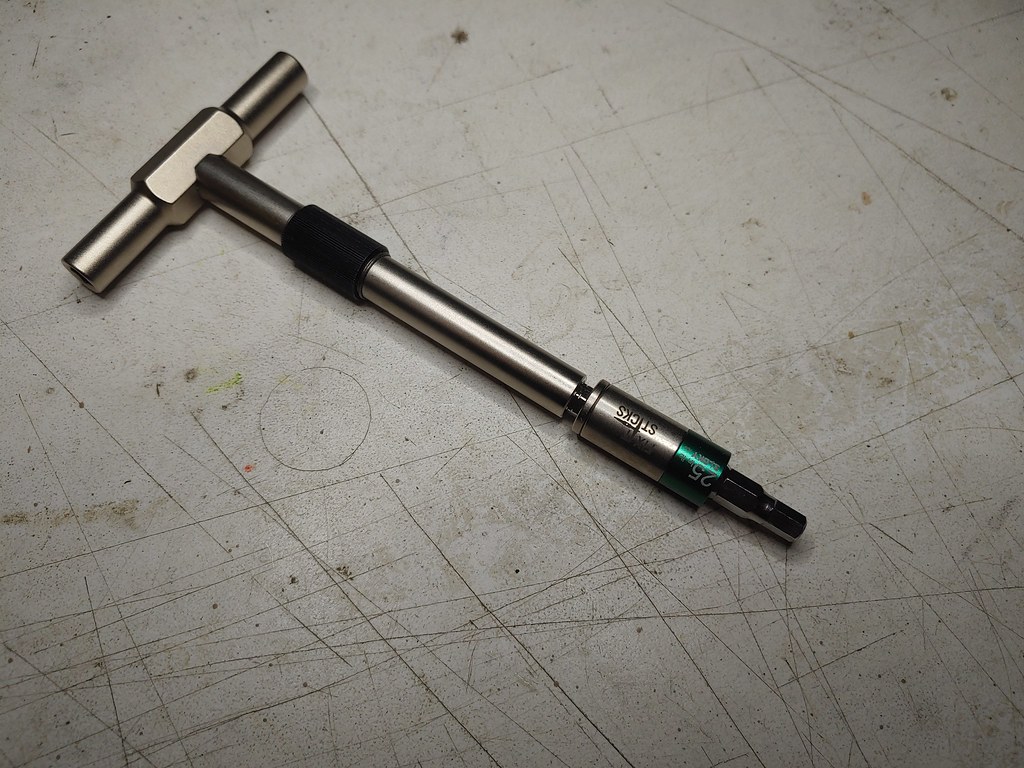Sherlockanubis
Member
I figured seeing as I did not find a thread or posts on installing LPVO's this could be useful for me and those that follow.
So I just purchased a razor 1-10 and a badger COMM. What do I need for installation? This is my first LPVO.
I read and watched a couple things and I have the general idea. Would like to get some tips on best practices and items needed for install.
Are alignment bars needed if purchasing 2 high quality items ( optic and mount)
Is there a all in one kit that I can buy or is it better to get the pieces individually.
Is the wheeler fat wrench kit and alignment bars g2g or are there better ones to get?
Should I buy a vise or something else to level the Rifle?
I would prefer to get tools that I can use for other installs (RMRs other red dots etc rather than just this optic if possible.
Thank you in advance.
Sent from my LM-X212(G) using Tapatalk
So I just purchased a razor 1-10 and a badger COMM. What do I need for installation? This is my first LPVO.
I read and watched a couple things and I have the general idea. Would like to get some tips on best practices and items needed for install.
Are alignment bars needed if purchasing 2 high quality items ( optic and mount)
Is there a all in one kit that I can buy or is it better to get the pieces individually.
Is the wheeler fat wrench kit and alignment bars g2g or are there better ones to get?
Should I buy a vise or something else to level the Rifle?
I would prefer to get tools that I can use for other installs (RMRs other red dots etc rather than just this optic if possible.
Thank you in advance.
Sent from my LM-X212(G) using Tapatalk












